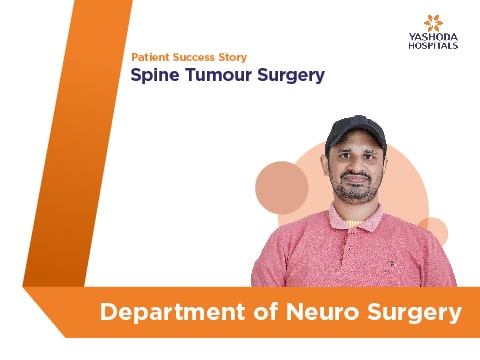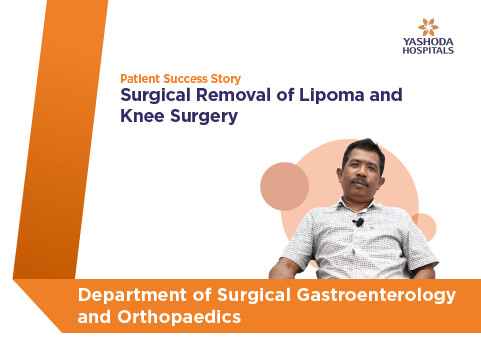- 24/7 Appointment Helpline
- International
- Home
- About
- News
- Locations
- Specialities
- Arthroscopy & Sports Medicine
- General Medicine
- General Surgery
- Pain Management
- Bariatric Surgery
- Gynaecology
- Pediatrics
- Pediatric Surgery
- Cancer (Oncology)
- Radiation Oncology
- Heart & Lung Transplant
- Physiotherapy
- Cardiology
- Hematology & BMT
- Plastic Surgery
- Critical Care
- Interventional Radiology
- Pulmonology
- CT Surgery
- Kidney Transplant
- Radiology
- Dermatology
- Liver Transplant
- Rheumatology
- Emergency Services
- Robotic Science
- Endocrinology
- Multiorgan Transplant
- Spine Surgery
- ENT
- Head & Neck Cancer
- Nephrology
- Neurosciences
- Lung Transplant & Thoracic Surgery
- Medical Gastroenterology
- Surgical Gastroenterology
- Nuclear Medicine
- Urology
- Orthopaedics
- Ophthalmology
- Vascular Surgery
- Pancreas Transplant
- International Patient
- Patient Info
- Blog
- 914045674567 – 24/7 Helpline
- 04066000066 – International
- Home
- Specialities
- Arthroscopy & Sports Medicine
- Bariatric Surgery
- Cancer (Oncology)
- Radiation Oncology
- Cardiology
- Critical Care
- CT Surgery
- Dermatology
- Emergency Services
- Endocrinology
- ENT
- Head & Neck Cancer
- Medical Gastroenterology
- Surgical Gastroenterology
- General Medicine
- General Surgery
- Gynaecology
- Heart & Lung Transplant
- Hematology & BMT
- Interventional Radiology
- Kidney Transplant
- Liver Transplant
- Multiorgan Transplant
- Nephrology
- Neurosciences
- Nuclear Medicine
- Ophthalmology
- Orthopaedics
- Pain Management
- Pediatrics
- Pediatric Surgery
- Physiotherapy
- Plastic Surgery
- Pulmonology
- Radiology
- Rheumatology
- Robotic Science
- Spine Surgery
- Lung Transplant & Thoracic Surgery
- Urology
- Vascular Surgery
- Pancreas Transplantation
- Treatments
- Procedures
- International Patients Info
- Book Doctor Appointment
- Locations
- Health Checks
- Patient Info
- Health Blog
- About Us
- News
- Reports
- Education
- Careers
- Contact Us
-

Book Doctor
Appointment -

Free Medical
Opinion -

Chat on
WhatsApp
Patient Testimonial for Right Superficial Femoral Artery and Stenting
Testimonial by Mr. Gouranga Mandal
Peripheral arterial disease (PAD) is a condition that causes narrowing or blockage of the blood vessels that supply blood from the heart to the legs. Atherosclerosis, or the accumulation of fatty plaque in the arteries, is the primary cause of PAD. PAD can affect any blood vessel, but it is more common in the legs than in the arms.
The classic symptom of PAD is pain in the legs with physical activity that gets better after rest. However, most people with PAD have no leg pain. Physical signs in the leg that may indicate PAD include muscle atrophy (weakness), leg sores that do not heal, and cold or numb toes.
PAD is the most common condition to affect the femoral artery (the large blood vessel that provides oxygenated blood to the lower extremities). The femoral artery is a frequent site of PAD complications and also acts as an access point for many endovascular procedures.
The procedures of angioplasty and stent implantation help in the opening of blocked peripheral arteries. It involves the mechanical dilatation of any narrowed or occluded vessel by means of a balloon catheter and a metal stent.
Other Testimonials
Mrs. Sangeeta Kumari
Transsphenoidal surgery for pituitary microadenoma, The patient experience: The...
Read more
Mr. Thomas Babu Veleti
Percutaneous Transluminal Coronary Angioplasty (PTCA) is a procedure used in...
Read more
Mr. U. Avinash
A spine tumour is an abnormal growth of cells that develops on or near the...
Read more
Mr. Jaafar Yaquoob Ali
Shoulder arthroscopy is a minimally invasive surgical procedure used to...
Read more
Sithara (Daughter of Mrs. Vasantha)
Acute Respiratory Distress Syndrome (ARDS) is a severe condition characterised...
Read more
Mrs. Padmajas (Mother of Sai Sandeep)
“My son met with a major road accident which led to a severe injury in his...
Read more
Mrs. Lili Saha
Mrs. Lili Saha from West Bengal successfully underwent Laparoscopic...
Read more
Mr. Mrinalendu Sinha
A lipoma is a benign growth of fat cells that typically forms beneath the skin....
Read more
Mr. Vaida Venkataiah
నా పేరు Vaida Venkataiah . నేను గోడపై...
Read more
Ms. Rajni Tiwari
“My husband was not positively responding to any treatment. I extend my...

















